Renesas公司的R-Car H2是基于ARM? Cortex?A-15四核配置和big.LITTLE處理技術(shù)的汽車系統(tǒng)級芯片(SoC).其功能強(qiáng)大媒體硬件加速器具有類4xHD 1080p視頻編碼/解碼功能,包括不用CPU板就支持每秒60幀的藍(lán)光分辨率,圖像/語音識別和高分辨率3D圖像,性能超過25000 DMIPS,操作系統(tǒng)如QNX? Neutrino? RTO,Windows?嵌入汽車和Linux,集成了汽車接口如以太網(wǎng)AVB, MOST-150和CAN以及大量的存儲接口如SATA, USB3.0/2.0, SDcard和PCI Express,方便了系統(tǒng)擴(kuò)展.本文介紹了R-Car H2主要特性和系統(tǒng)框圖,以及汽車ADAS入門開發(fā)板指標(biāo),框圖和電路圖.
The R-Car H2 is powered by the ARM? Cortex?A-15 quad-core configuration running an additional ARM? Cortex?A-7 quad-core—the industry’s first implementation of a Quad ARM? Cortex A15 and the big.LITTLE processing technique in an automotive SoC.
Powerful media hardware accelerators enable features like 4 × HD 1080p video en/decoding including Blu-Ray support at 60 frames per second, image/voice recognition and high-resolution 3D graphics with almost no CPU load. These implemented hardware modules also execute the display content improvements needed for human-machine interface (HMI)/navigation data in parallel to Movie/DVD handling.
The R-Car H2 also features the Imagination Technologies PowerVR Series6 G6400 Graphics Processing Unit (GPU). This is the first worldwide implementation of the GPU into an automotive SoC, which demonstrates the state-of-the-art 3D graphics capability of the R-Car series. The R-Car H2 offers one of the best graphic performance solutions in the automotive embedded market. This GPU is ready to not only support open technologies like OpenGL ES 2.0, but also the OpenGL ES 3.0 and OpenCL standards. Support of the Open graphics standards combined with the R-Car H2’s cutting-edge IP and other features makes it the perfect platform to develop next-generation infotainment systems.
Renesas’ IMP-X4 core, implemented in R-Car H2 as an optional feature, provides real-time image processing that enables developers to support the emerging trend of augmented reality. In order to fully benefit from the IMP-X4 core, the R-Car H2 also supports up to four independent input camera channels, allowing easy implementations of 360° camera views and image recognition, just an example of the possible driver assistance functions. OpenCV support for IMP-X4 will also be offered. The R-Car H2 offers the highest level of integration of advanced safety concepts and infotainment features in the automotive market today.
The highly efficient bus architecture of the R-Car H2 includes dedicated CPU and IP caches, enabling Renesas to reduce the DDR3 memory bandwidth consumption. In order to ensure adequate memory bandwidth, the R-Car H2 is equipped with two independent DDR3-1600 32-bit interfaces. This allows for much more efficient access to different content simultaneously, compared to a single 64-bit DDR interface. The R-Car family aspires to provide users with the highest capable multitasking processing solution on the automotive market today.
The R-Car H2 integrates advanced automotive interfaces like Ethernet AVB, MOST-150 and CAN and mass storage interfaces like SATA, USB3.0/2.0, SDcard and PCI Express for system expansion. As a device option, the GPS baseband engine handles all modern navigation standards. Even here, the integration level of R-Car H2 doesn’t stop. A 24-bit DSP for codec, high-quality audio processing with hardware sample rate converters and audio mixing is part of the enormous function coverage. The Renesas R-Car family provides the highest level of advanced automotive peripherals in the market today. The Renesas Ethernet AVB solution achieves the fullest implementation of Ethernet AVB on the market, offering the Full Ethernet AVB specification and meeting the specification requirement demands of the automotive market.
High-end car information systems for 2015 on onwards will demand high-definition displays, instrument cluster, multi-display output to the rear seat monitor, a user experience specialized for automotive, improved responsiveness, and cloud services that use big data. In addition, there will be strong demand for fast startup capability and rendering performance for high-quality design that matches the luxuriousness of the vehicle interior for these embedded devices, as well as field-of-view support for the driver to establish an even higher level of safety, such as a top view monitor that displays not only the back of but all around the vehicle. To respond to these requirements, continuing from the existing R-Car H1SoC for high-end car information systems Renesas is releasing the first second-generation R-Car, the R-Car H2, which has vastly improved performance.
R-Car H2主要特性:
Achieves the industry’s highest performance for an SoC for car information systems of over 25000 DMIPS (double that of the R-Car H1 )
The first use of the G6400 high-performance graphics core with the latest PowerVR architecture for automotive
Equipped with the IMP-X4, which has four times the processing performance compared to the R-Car H1 , to support OpenCV
More interfaces that are required for next-generation automotive applications (USB 3.0, EthernetAVB, four-channel simultaneous input for high-definition digital camera, three-channel video output, and more)
An ecosystem that includes partner solutions supports the fast development of prototypes and a large reduction in development costs
(Operating systems such as QNX? Neutrino? RTO, Windows? Embedded Automotive, and Linux; board support packages; middleware; and development tools)
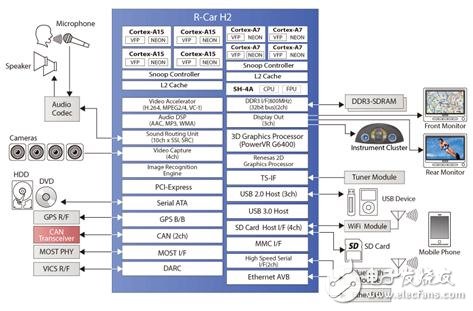
圖1.R-Car H2框圖
汽車ADAS入門開發(fā)板
The ADAS Starter Kit is the smallest Renesas R-Car-based development kit to date, measuring only 10x10cm, and is based on the R-Car H2 system-on-chip (SoC) for advanced driver assistance systems (ADAS) applications. Based on Renesas’ high-end R-Car H2 SoC, the kit can be used without any additional hardware due to the pre-implemented interfaces and peripherals. The R-Car H2 is equipped with a cutting edge IMP-X4 computer vision core with OpenCV interface support and the high-performance G6400 Graphics Processing Unit (GPU) based on OpenGLES, allowing customers and partners to start developing their ADAS applications such as 3D surround view, smart camera, and sensor fusion easily.
The new kit is powered by Linux, based on the Yocto distribution that is also used for other R-Car evaluation boards. The core board comes with 2 GB of DDR3 RAM, 64 MB of QSPI flash and a Micro SD card slot. It also includes Ethernet, an HDMI output, and a connector for a camera module. With the integrated extension connector, users can easily design add-on boards that enable new use cases with little effort. The extension connector supports interfaces like PCIe, further outputs for displays and four channels for cameras as needed for surround view applications.
圖2.汽車ADAS入門開發(fā)板外形圖
汽車ADAS入門開發(fā)板指標(biāo):
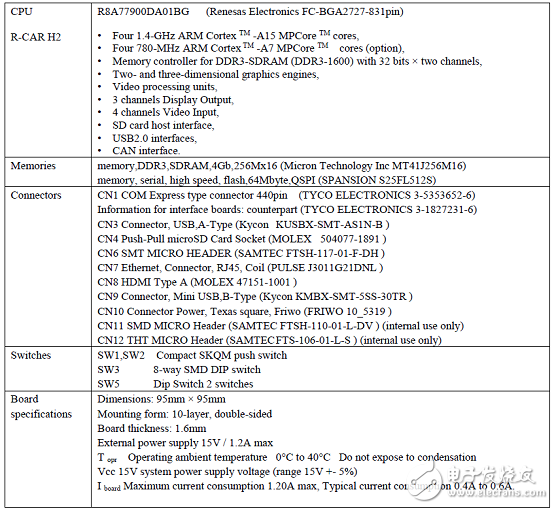
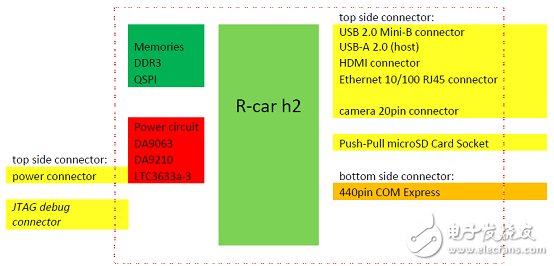
圖3.汽車ADAS入門開發(fā)板框圖
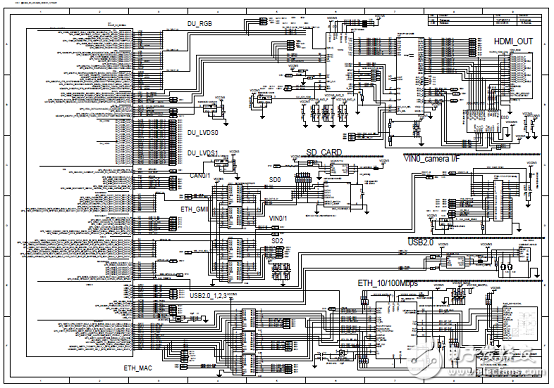
圖4.汽車ADAS入門開發(fā)板電路圖(1)
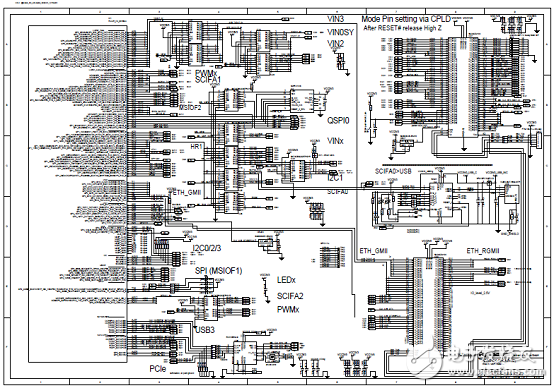
圖5.汽車ADAS入門開發(fā)板電路圖(2)
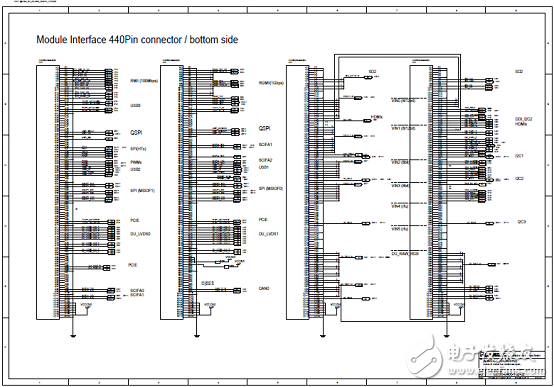
圖6.汽車ADAS入門開發(fā)板電路圖(3)
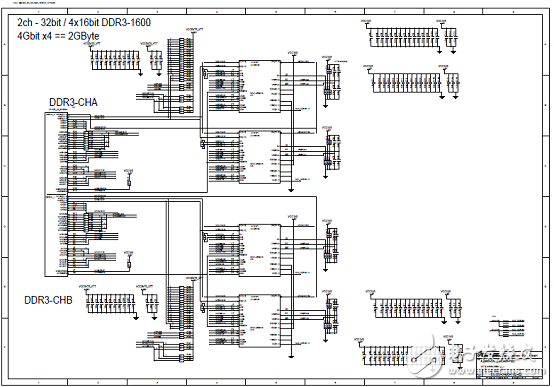
圖7.汽車ADAS入門開發(fā)板電路圖(4)
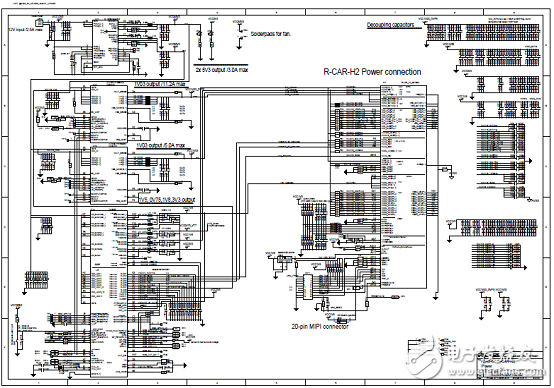
圖8.汽車ADAS入門開發(fā)板電路圖(5)
 電子發(fā)燒友App
電子發(fā)燒友App









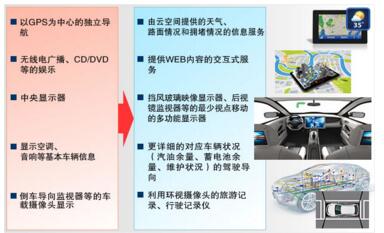



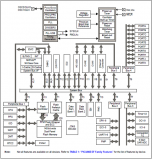
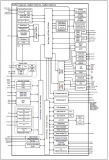
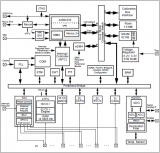
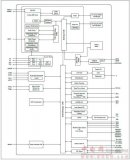

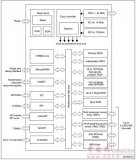





















評論